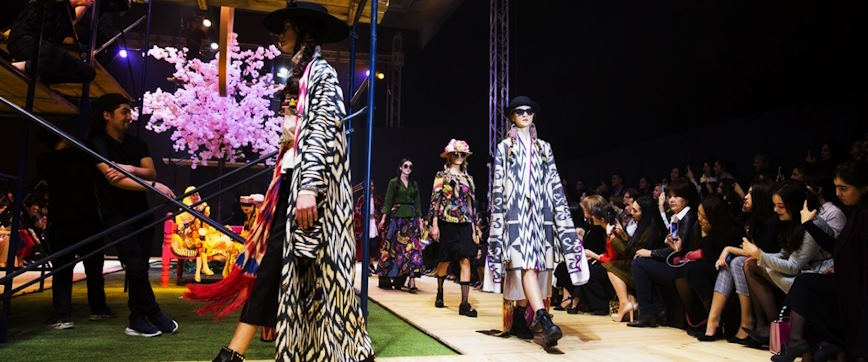The Global Tapestry: Unraveling the Rise of Fashion Conglomerates
In the ever-evolving world of fashion, the rise of global fashion brands has been nothing short of meteoric. The impact of globalization on the success and expansion of fashion conglomerates has reshaped the industry landscape, presenting both opportunities and challenges. While global fashion brands enjoy market dominance and unparalleled reach, the journey is not without obstacles, and smaller, local businesses face unique challenges in a globalized market.
The Rise of Global Fashion Brands
Over the past few decades, a select group of fashion conglomerates has emerged as titans, wielding immense influence on trends, consumer behavior, and the overall market. Brands like LVMH, Kering, and Inditex (owner of Zara) have achieved global recognition, establishing a network of iconic labels that span the fashion spectrum. The rise of these conglomerates can be attributed to the transformative power of globalization.
Impact of Globalization on Fashion Conglomerates
Supply Chain Efficiency
Globalization has facilitated the creation of efficient and streamlined supply chains, enabling fashion conglomerates to produce and distribute their products on a massive scale. This efficiency contributes to quicker turnaround times, reduced costs, and increased profitability.
Market Expansion
Globalization has opened up new markets and allowed fashion conglomerates to reach consumers worldwide. By tailoring products to diverse cultural preferences, these brands have successfully expanded their footprints beyond their home countries, achieving a global presence.

Digital Transformation
The digital era, accelerated by globalization, has allowed fashion brands to leverage e-commerce, social media, and digital marketing for unprecedented brand exposure. This online presence has not only increased accessibility for consumers but has also enhanced the visibility of these brands on a global scale.
Challenges Faced by Local or Smaller Fashion Businesses
Limited Resources
Local or smaller fashion businesses often face resource constraints, struggling to compete with the massive budgets of global conglomerates for marketing, production, and distribution. This limitation can hinder their ability to scale and gain visibility in the global market.
Cultural Relevance
Understanding and catering to diverse cultural preferences is a complex task. With their extensive resources, global fashion brands can invest in market research and adapt their products accordingly. Smaller businesses may struggle to navigate and respond to these nuances effectively.
Sustainability Pressures
As consumers increasingly prioritize sustainability, global fashion conglomerates with robust resources can more easily invest in sustainable practices. Smaller businesses may face challenges in meeting the growing demand for eco-friendly fashion due to financial constraints and limited access to sustainable sourcing options.

